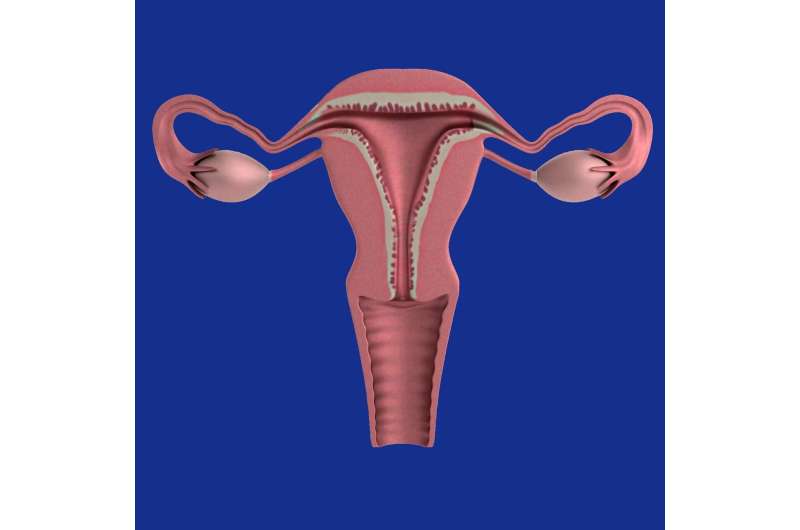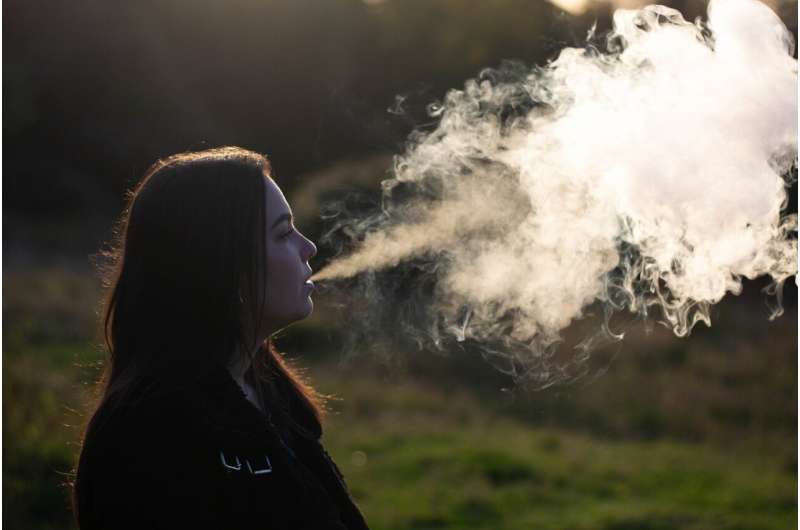The Return of Wildfire Smoke: Implications for Our Health

Wildfire smoke from recent fires significantly impacts public health, increasing risks of respiratory, cardiovascular, and mental health issues. Learn how to protect yourself during wildfire season.
As wildfire season intensifies across the Prairie provinces earlier than usual, the inhalation of smoke has become a pressing health concern. This smoke, predominantly from wildfires, has led to emergency declarations and rekindled fears of the severe wildfire outbreaks experienced in 2023, which marked the worst in record history for cities like Edmonton and Calgary. During these episodes, residents face immediate symptoms such as watery eyes, sore throats, and respiratory discomfort. However, the long-term health impacts of persistent exposure to wildfire smoke warrant serious attention. Experts highlight that wildfire smoke contains fine particulate matter—PM2.5—that can deeply penetrate lung tissue. While short-term exposure may be manageable, ongoing poor air quality raises concerns about cumulative health effects, which are still not fully understood.
Research indicates that increased levels of PM2.5 are associated with higher mortality rates, especially among vulnerable populations. Elevated exposure also raises the risk of severe respiratory illnesses like bronchiolitis and pneumonia, often requiring hospitalization. Moreover, long-term exposure may contribute to chronic respiratory diseases such as asthma and COPD, cardiovascular disorders, and strokes. Sensitive populations, including pregnant women and children, may face increased risks of neurodevelopmental disorders like autism and ADHD, while adults might experience accelerated neurodegeneration related to dementia or Parkinson’s disease.
Historical data suggest that efforts to improve air quality can lead to tangible health benefits. A notable 20-year study in Los Angeles demonstrated that reducing pollution led to fewer respiratory ailments and improved lung function in children. Unfortunately, current wildfire conditions threaten to reverse these gains, with experts warning that smoke pollution is pushing public health metrics backward in regions such as the United States and Canada.
The healthcare system faces additional strain as the long-term consequences of wildfire smoke are still largely unexplored. Differentiating health issues caused by heat exposure versus smoke is complex, especially as both hazards tend to co-occur. Evidence points to lasting impacts, with studies showing decreased lung capacity and increased mental health concerns—such as PTSD, depression, and anxiety—decades after prolonged exposure. Cardiovascular disease and certain cancers also exhibit rising incidence over time due to sustained exposure.
Protective measures include rescheduling outdoor activities during smoky days, staying indoors in clean, cooled environments, and wearing masks if outdoor exposure is unavoidable. Individuals, particularly children, should prioritize indoor air quality, and proactive responses to good weather conditions can help maximize outdoor activity without undue health risk. Recognizing the importance of timely outdoor engagement is essential, as it allows us to enjoy the benefits of nature while minimizing health hazards.
In sum, climate-induced wildfire smoke poses significant short- and long-term health risks. Continued research, public awareness, and adaptive behaviors are crucial in safeguarding our communities amidst these environmental challenges.
Stay Updated with Mia's Feed
Get the latest health & wellness insights delivered straight to your inbox.
Related Articles
Epigenetic Dysregulation in Early Embryos Provides Insights into Heritability of Polycystic Ovary Syndrome
New research reveals how epigenetic changes in early embryos from women with PCOS may explain inheritance patterns and offer future diagnostic and therapeutic options.
Social Discussions Among Close Friends Influence College Vaping Trends
A new study shows that peer conversations within close social groups significantly influence vaping behaviors among college students, highlighting the importance of peer-led prevention strategies.
New ESC Guidelines Enhance Diagnosis and Management of Myocarditis and Pericarditis
The European Society of Cardiology has published new guidelines to improve the diagnosis and management of myocarditis and pericarditis, emphasizing early detection, advanced imaging, and multidisciplinary care to enhance patient outcomes.
Neurons Responsible for Map-Making Change Even in Unchanged Familiar Environments
New research shows that neurons involved in spatial navigation in the brain change activity even when navigating familiar environments, revealing the brain's dynamic internal map system. This discovery has broad implications for understanding memory, learning, and aging.



